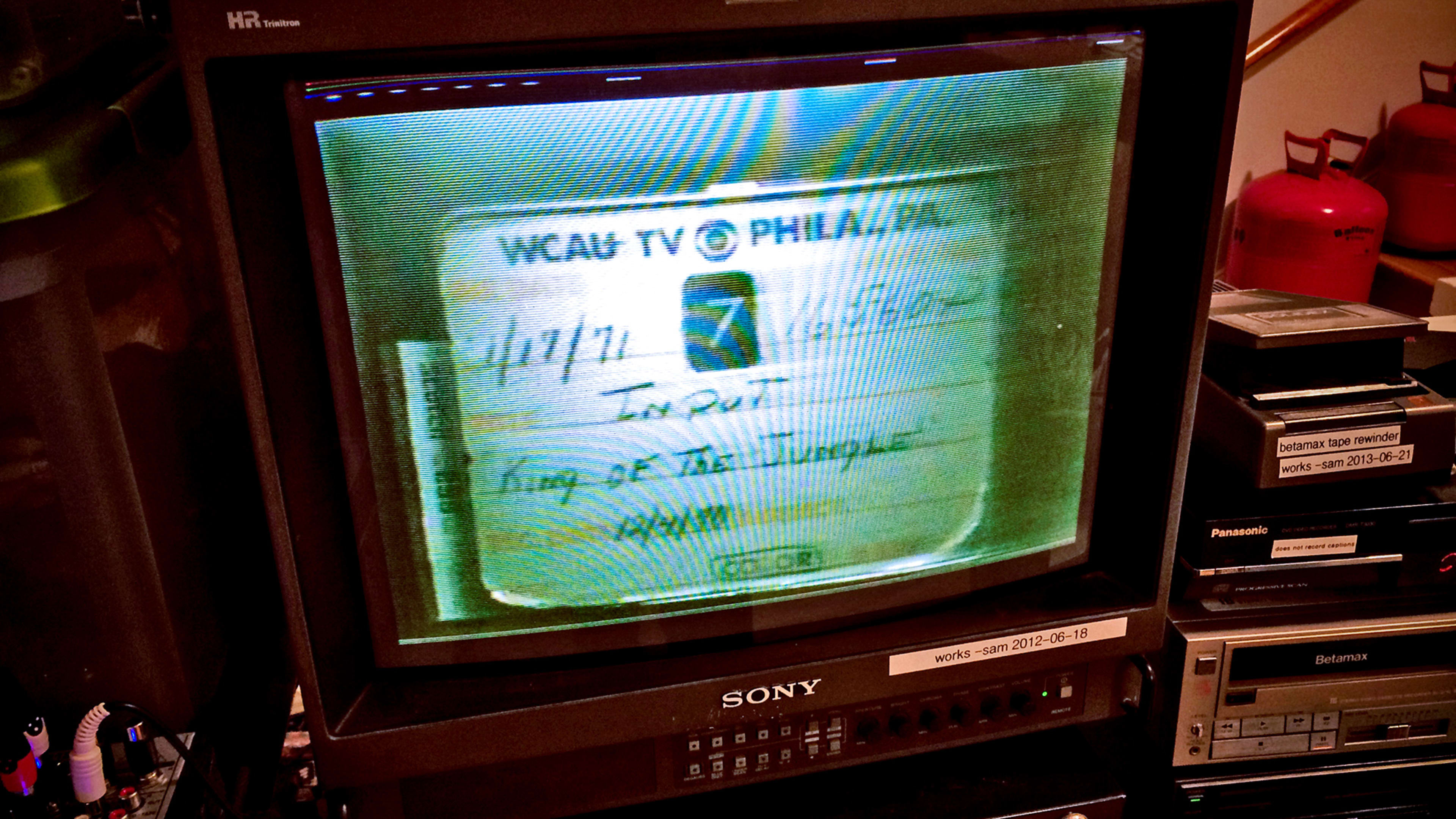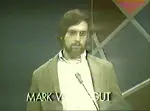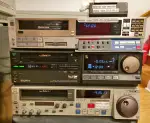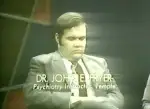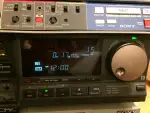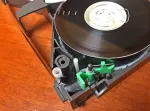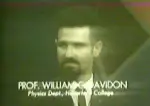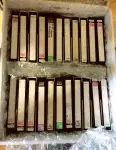When Trevor von Stein first heard the story of a woman named Marion Stokes who spent decades recording television news, tape-by-tape, in her home, something resonated with him. “I just sort of tingled,” he says. “I understood this woman a little bit.” von Stein also had something akin to a hoarding impulse, though most of what he kept–a large music library, his photos–was digital. And he believed in Stokes’s mission. “From one kindred spirit to another,” he says, “I thought we had to do it justice.”
Soon after he learned about Stokes, von Stein became a volunteer at the Internet Archive, a nonprofit organization that plans to digitize and make public the 40,000 tapes Stokes left behind when she passed away in 2012.
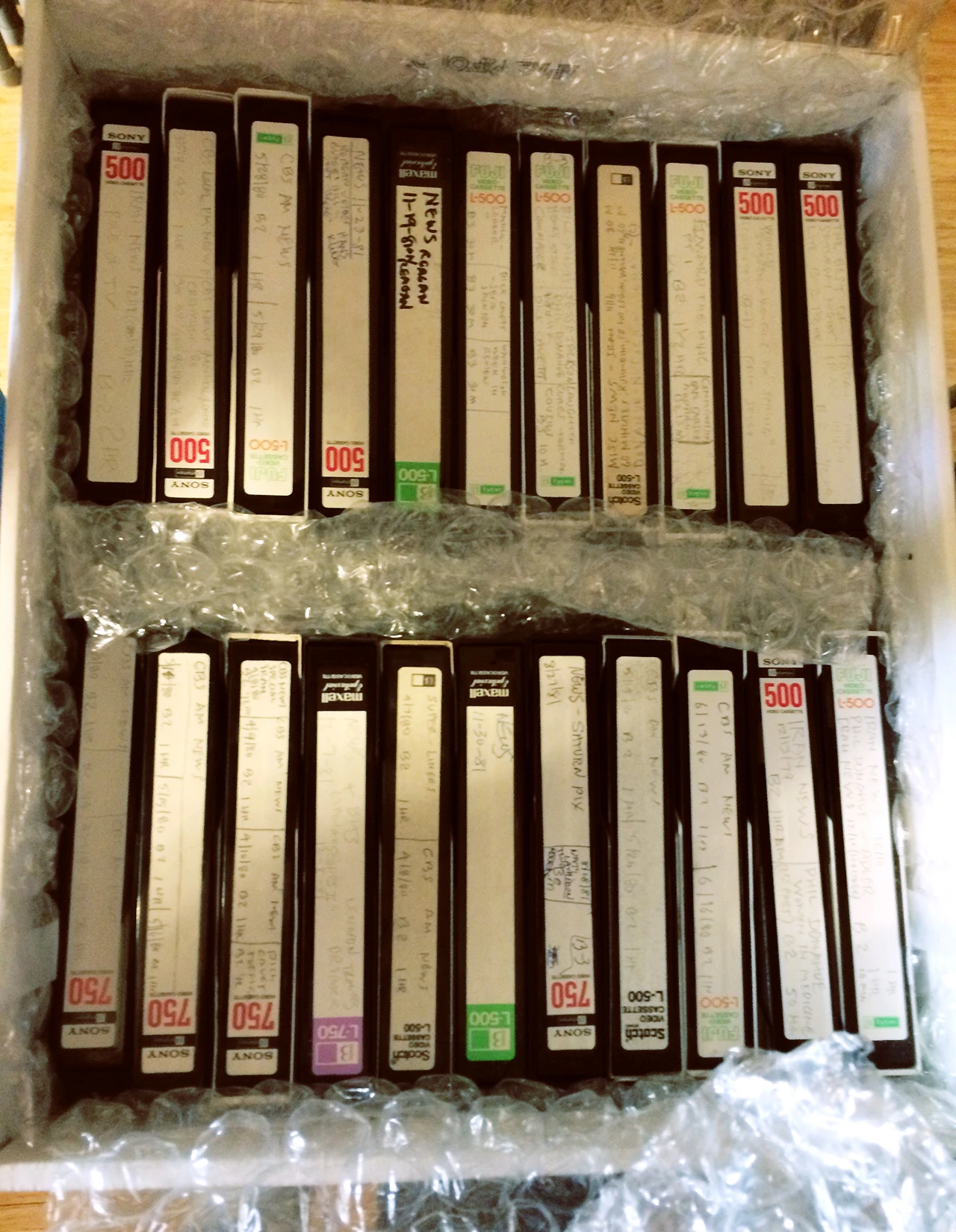
von Stein has spent the last six weeks immersed in the first of those recordings: About 60 episodes of Input, a television show that Stokes (then Marion Metelits) co-produced between 1968 and 1971 for a local CBS Network affiliate. Those episodes are now on the Internet Archive website for anyone to download.
Input looks nothing like the quick-cutting, drama-laden television of today. Each episode simply features a panel of people sitting in a half-circle formation. At the beginning of the show, there’s no introduction, just an abrupt entry into a conversation that has already begun. Topics tend to be grand in scope, things like “The Anatomy of Violence,” “Where Is This Thing Called Love?” and “Black Reparations.” Panelists’ titles include everything from “Black Panther Party” to “Mother & Divorcee.”
Sometimes Input, which includes many long soliloquies and few edits, can be hard to follow. When von Stein showed the tapes to his dad, his father reasonably complained the people on the program were just talking heads.
Nevertheless, in this one small local show that was preserved through an amazing series of events–beginning with Marion Stokes’s insistence on preservation and ending with her collection of tapes finding its way to the Internet Archive–a number of historically significant characters are featured.

William C. Davidon, the man who helped expose the FBI’s spying on anti-war groups during the Vietnam War, appears in an episode called “Born Free?” John E. Fryer, the first psychiatrist to confront the American Psychiatric Association about its classification of homosexuality as a mental illness, appears in the episode “Puppet or Person?” Kurt Vonnegut’s son, Mark, appears in “The Nature of a Religious Life in a Secular Age.” And from every thriving movement of the ’60s–whether it be civil rights, anti-war activism, women’s liberation, or something else–Input seems to have invited a prominent guest. This is one reason that von Stein finds the tapes fascinating. He’s made audio copies he can play in iTunes. “I am driving and listening to them,” he says. “I am taking a walk up Twin Peaks listening to them.”
It’s not immediately obvious, however, exactly why it is useful to have this 45-year-old snapshot of intellectual discourse available online. Like many archivists, von Stein argues that’s not the point of preserving historical media. “I don’t know if it’s the Archive’s or my job to figure out what good this will be for history in all of specificity,” he says. “I have no idea what could come of this research material. I just want to see it happen.”
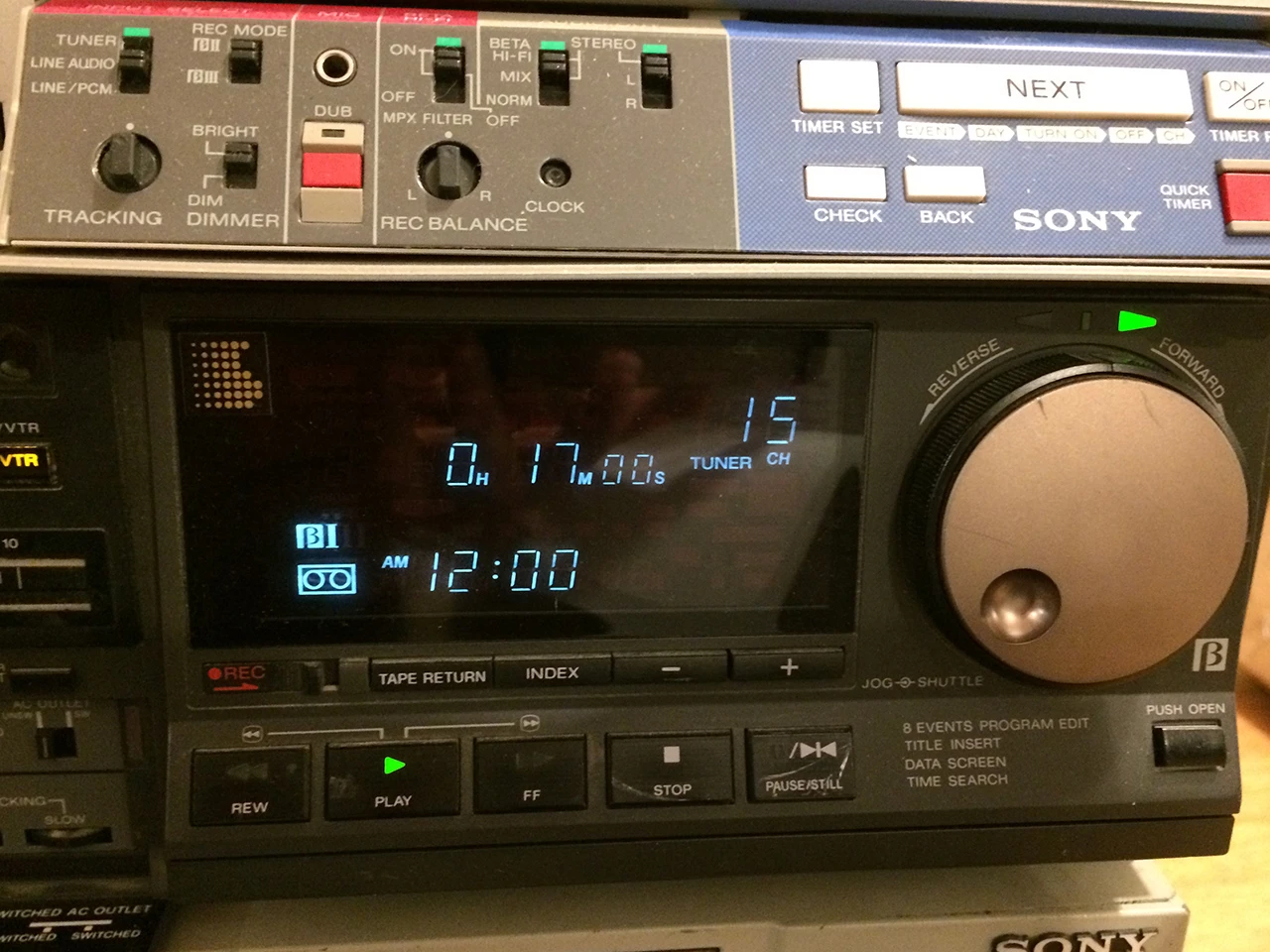
Getting to that point isn’t easy. Making Input publicly available is only a very small first step toward completing the massive task the Internet Archive took on when it accepted Stokes’s collection. Across the bay from the organization’s headquarters, in its Richmond, California, archive, there are still about 40,000 tapes to sort through (originally Stokes’s family thought there were 140,000, but they had over-estimated). In order to preserve the tapes, each one needs to be played back on a cassette reader. That takes time. And in addition to preserving the actual footage, humans must input meta-data that can help people explore the footage. Simply cataloging 537 VHS tapes on a spreadsheet for a sample inventory took an Internet Archive employee about 16 hours.
Meanwhile, many of the tapes, including Input episodes, are recorded on Betamax tapes, and the machines that can play them are nearing extinction. “There are a limited set of those available in the universe,” explains Roger Macdonald, the director of the Internet Archive’s Television arm. “So we’ve started trolling eBay and the like, keeping an eye out for them, starting to purchase them and looking for people who can repair them.”
Macdonald estimates that digitizing the collection will cost more than $500,000, and most of that money still needs to be raised. For now, the Archive is relying mostly on volunteers like von Stein, who look at the pile of decades-old tapes and see not just talking heads, but an invaluable portal into the past.
Recognize your brand’s excellence by applying to this year’s Brands That Matter Awards before the early-rate deadline, May 3.
